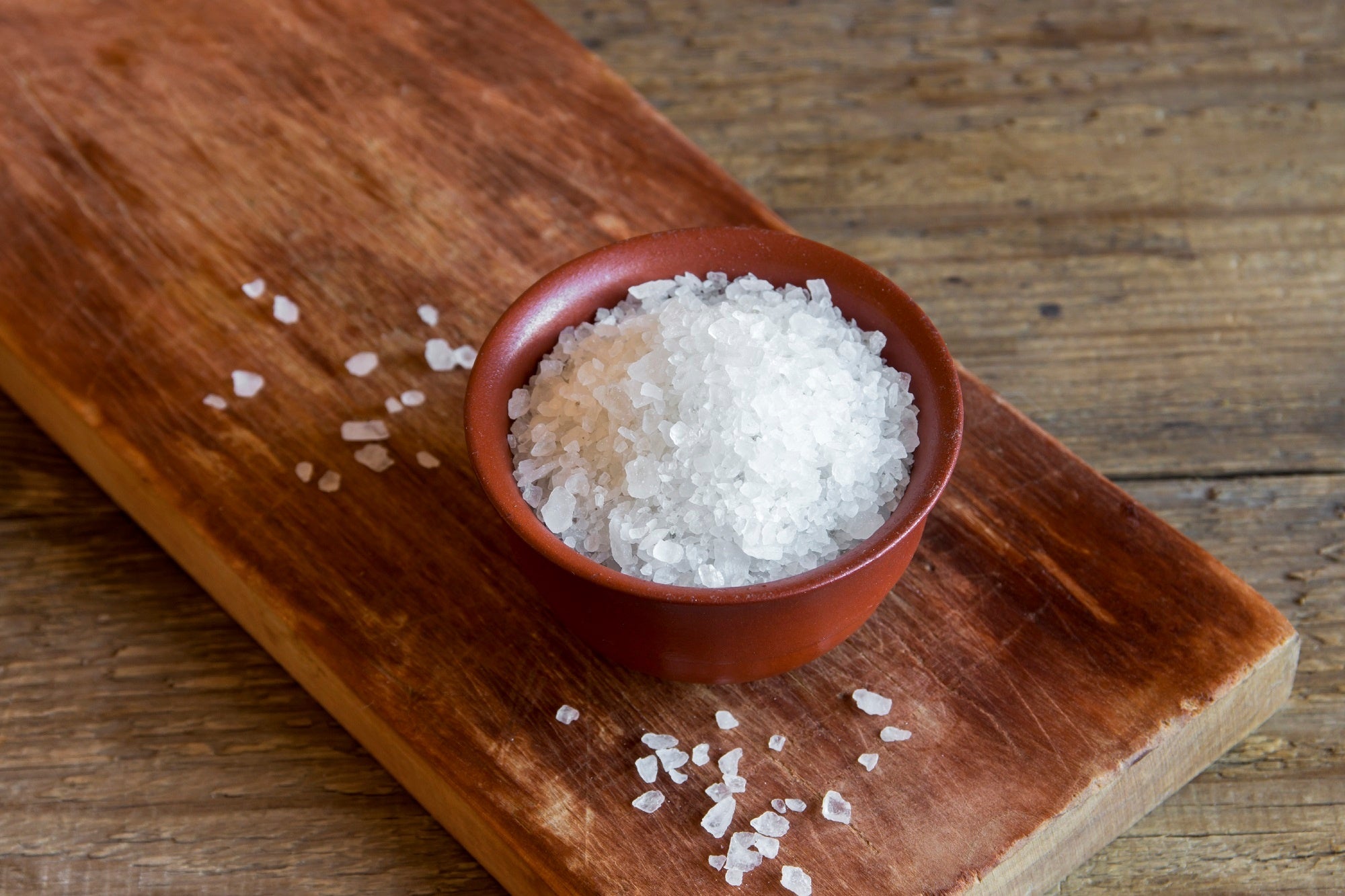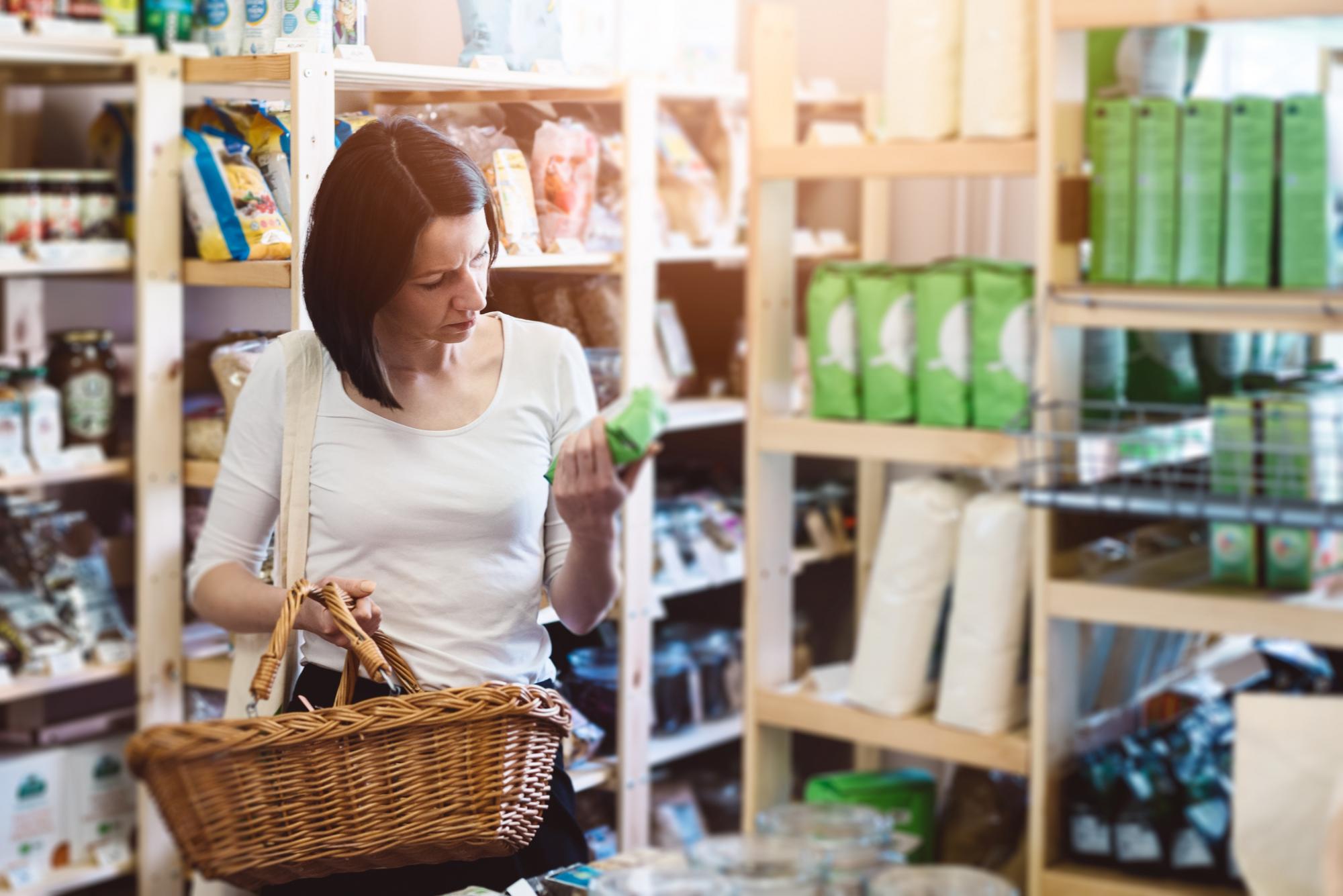
Your Guide to a Low Sodium Diet
Do you feel like you are constantly thirsty? Do you feel bloated or swollen in different parts of your body? Do you experience stomach cramps, vomiting, or diarrhea? If you answered “yes” to any of these questions, your problems may be linked to your sodium consumption. A high sodium diet can wreak havoc on your health – keep reading to learn more about the dangers of high sodium intake, and to receive tips for cutting back on the sodium in your diet...
By Kate Barrington
Tags:
Do you feel like you are constantly thirsty? Do you feel bloated or swollen in different parts of your body? Do you experience stomach cramps, vomiting, or diarrhea? If you answered “yes” to any of these questions, your problems may be linked to your sodium consumption. A high sodium diet can wreak havoc on your health – keep reading to learn more about the dangers of high sodium intake, and to receive tips for cutting back on the sodium in your diet.
According to the American Heart Association, the recommended daily allowance (RDA) for sodium in healthy adults is 2,300 mg, though the ideal limit is 1,500 mg per day. Unfortunately, the average American consumes more than 3,400 mg of sodium per day, and 75 per cent of it comes from processed foods, packaged foods, and restaurant foods. When you consume too much sodium, it strains the kidneys so that they work overtime to filter out the excess. When the kidneys are unable to process all of that extra sodium, it starts to accumulate in the body and in the cells, which leads to increased blood volume. This then leads to high blood pressure, which increases your risk of heart attack and stroke. High sodium intake can also contribute to kidney damage, cancer, and osteoporosis.
What Are the Dangers of a High Sodium Diet?
Could Sodium Be Hiding in Your Diet?
Many people mistakenly assume that all foods that are high in sodium taste salty. Things like crackers, chips, and other snacks are obvious sources of sodium because they have an identifiable salty flavor. There are, however, many hidden sources of sodium that could be increasing your daily intake without your knowledge. Some of the more obvious food sources of sodium include things like frozen dinners, canned and pickled foods, processed snack foods, condiments, and cheese. Hidden sources of sodium include some cereals, baked goods, baking mixes, and even frozen vegetables.
Who Can Benefit from a Low Sodium Diet?
Moderating your sodium intake is beneficial for your health no matter who you are, but certain people can benefit more from a low sodium diet:- Individuals over the age of 50, as well as people with high blood pressure or diabetes have a higher risk of developing health problems related to excess sodium consumption.
- People of African American descent are also at a high risk for sodium-related health problems.
- Reducing your sodium intake may help to reduce your risk for heart disease or organ damage and, if you have already had a heart attack or stroke, moderating your sodium intake will be very important for preventing a recurrence.
Tips for Reducing Your Sodium Intake:
If you want to start following a low sodium diet, you’ll need to make a conscious effort to stop using as much table salt and you may have to start paying closer attention to food labels. The FDA requires that food manufacturers include the sodium content of the product on the label. Foods that contain 20% or more your recommended daily allowance of sodium are considered high sodium foods, while foods that contain 5% or less of your RDA are considered low sodium foods. In addition to reading food labels, there are some simple other changes you can make in your diet to cut out sodium. Here are some simple tips for reducing your sodium intake:
In addition to reading food labels, there are some simple other changes you can make in your diet to cut out sodium. Here are some simple tips for reducing your sodium intake:
- Look for low sodium foods that contain less than 120 mg of sodium per serving.
- Choose fresh fruits and vegetables instead of processed foods and snacks – fresh produce is naturally low in sodium.
- Try to cook for yourself more often – processed foods, frozen meals, and fast food are often loaded with sodium.
- Season your favorite dishes with fresh herbs and dried spices to add flavor instead of salt.
- Pay more attention to the condiments you are using – ketchup, mustard, salad dressings, and dips are often very high in sodium.
- When buying canned foods, look for products that have “no salt added” or are labeled “low sodium.”
- Look for the American Heart Association’s Heart-Check mark when grocery shopping – this indicates that the product meets the AHA’s criteria.
- Don’t salt the water when cooking pasta, rice, or beans, and rinse canned beans before using.
Would you like to be the first to hear about our new products and more? Sign up for our Nature’s Path Newsletter.






